Sixteen episodes of The Scooby-Doo Show were produced as part of The Scooby-Doo/Dynomutt Hour in 1976 — though eight more segments would be produced for Scooby’s All-Star Laff-A-Lympics — and this incarnation would retain the format of the original Scooby-Doo, Where Are You! where the Scooby gang would entangle themselves with some nefarious spook or monster that would inevitably turn out to be just some dude in a mask. This run of The Scooby-Doo Show also brought us some of the classic Scooby-Doo ghosts and monsters such as the 10,000-Volt Ghost from “What a Shocking Ghost,” and in the following episode, “The Headless Horseman of Halloween,” the gang encountered one of literature’s most famous spectres. This series also included the return of the zombie from “Which Witch Is Which,” and to date is still one of the creepier monsters in the Scooby-Doo canon.
In retrospect, pink is a decidedly non-scary colour for a zombie to wear.
Not only did this run of Scooby-Doo cartoons team up the Scooby gang with a pair of “superheroes” it also introduced the world to Scooby-Doo’s cousin Scooby-Dum (Don Messick) in the episode “The Gruesome Game of the Gator Ghoul.” Though he’s basically a Mortimer Snerd version of Scooby-Doo, his stupidity results in him being both extremely brave and extremely cowardly, depending on whether or not he’s actually noticed the danger he’s facing. The character of Scooby-Dum has the desire to be a police dog despite his uselessness when it comes to solving a mystery — though his ignorance of the laws of physics has led to him helping his friends out of a jam — and when anyone mentions the word “Clue,” he’d leap into action with his trademark catchphrase, "Clue? Dum, dum, dum, dum," to the strains of Beethoven’s Symphony No. 5.Scooby-Dum — a pure example of Southern Fried Stupidity.
The other half of this hour-long show was, of course, Dynomutt, the Dog Wonder, a show that answered the question, “What if Batman teamed-up with a robot version of Scooby-Dum?” The basic premise of this show was that millionaire socialite art dealer Radley Crown (Gary Owens) and his mechanical dog Dynomutt (Frank Welker) hang out in the lap of luxury until they are alerted by the Falcon Flash. They then rush off to the Falcon’s Lair to switch to their secret identities: the Blue Falcon and Dog Wonder.Our dynamic duo?
In each episode, they would tackle various bizarre criminals that look more like rejects from Batman’s Rogues Gallery than credible threats to Big City. With the likes of the caveman Lowbrow and a talking worm that even Captain Marvel wouldn’t give the time of day, there wasn’t much here to offer fans of superhero adventure.This is their idea of a spoof of the superhero genre?
When watching Dynomutt, the Dog Wonder, a person will get a distinct Inspector Gadget vibe, as Dynomutt employs a system of miniaturized transistors that allows him to extend his limbs or neck and use them to perform extraordinary feats as well as launch various self-serving gadgets. Unfortunately, like the aforementioned Inspector Gadget, his innate clumsiness results in numerous mechanical mishaps that often result in the Blue Falcon calling Dynomutt “Dog Blunder.” It’s important to note that this show came out seven years before Inspector Gadget, and so one can rightfully assume that the creators of that show heavily ripped off the concept from Dynomutt. As a sidekick, Dynomutt is presented as a loveable goofball, but how much of his supergadgetry and silly antics you can stand will be a litmus test to how well you liked this show.“Stronger than a train with a so-so brain!”
Stray Observations:• In the episode “High Rise Hair Raiser,” we find the Scooby Gang hanging out at the malt shop bemoaning their lack of funds, with Shaggy scanning the want ads and Daphne commenting, “Good idea Shaggy, we’re running out of money.” This is one of those rare times when our heroes seem to be concerned about money.
• The 10,000 Volt Ghost seemed to be borrowing his origin story from the Spider-Man villain Electro.
• The Headless Horseman is one of the few recurring phantoms to plague the Scooby gang. First in this series then later in Scooby-Doo Meet the Boo Brothers, next in Lego form in Lego Scooby-Doo! Haunted Hollywood, and finally in Scooby-Doo! and the Goblin King.
• In the episode “Scared a Lot in Camelot,” we meet Shaggy’s rich uncle, Shagworthy, a zillionaire who had King Arthur’s castle transported stone by stone to America. Which begs the question: just how rich is Shaggy’s family? He has an incredible Uncle Nathaniel we meet in “The Loch Ness Mess” and in one of the early Scooby-Doo movies, Scooby-Doo Meet the Boo Brothers, Shaggy inherits a Southern plantation. Even Shaggy’s parents are rich, as we see them living in a large estate during their retirement in the episode “Wedding Bell Blues.” In the series Shaggy & Scooby-Doo Get a Clue!, Shaggy himself is the inheritor of billions of dollars. So, how can the Scooby gang ever run into money troubles?
• The cheesy narration in Dynomutt, Dog Wonder is an obvious steal from William Dozier’s narration in the Adam West Batman television show.
• In the final team-up between Mystery Inc. and the Blue Falcon and Dynomutt, we get Scooby and Shaggy impersonating the dynamic duo and they make a far more believable crime-fighting team.
The Blue Beatnik and Scoob-Wonder.
The cartoons that make up The Scooby-Doo Show feel like a solid continuation from the original Scooby-Doo, Where Are You, with their delightfully goofy mysteries and those meddling kids and their dumb dog, while the Dynomutt, the Dog Wonder comes across more as a dull Batman knock-off, with villains who seem ridiculous even by Scooby-Doo standards. The animation is also substandard when compared to what we find in the Scooby-Doo half of the show. Fans of Scooby-Doo will get a lot of enjoyment out of the mysteries found in this incarnation, but these selfsame fans may want to skip the Dynomutt portion as they have decidedly less entertainment value other than a nostalgic appeal.Note: In the 2010-2013 run of Scooby-Doo! Mystery Incorporated, there is an episode called “Heart of Evil” where we are given an origin story for a very cool and updated version of The Blue Falcon and Dynomut
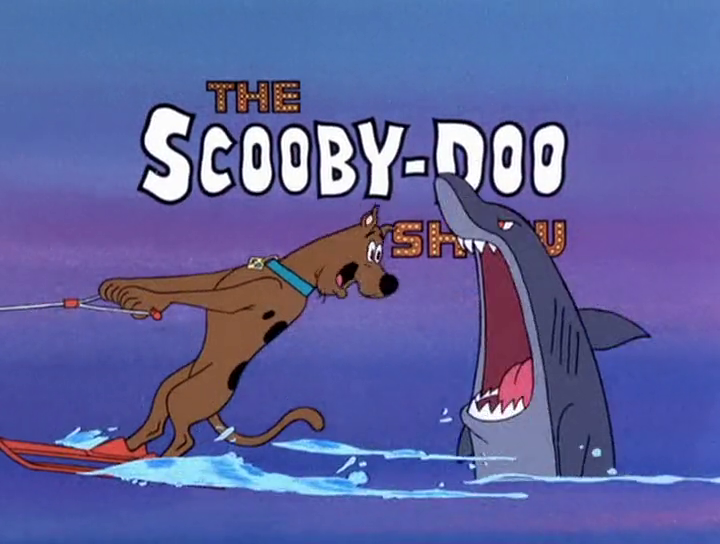
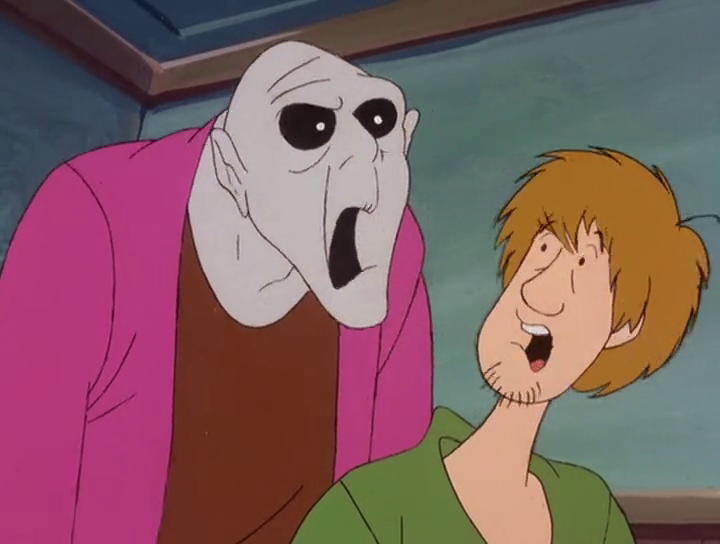
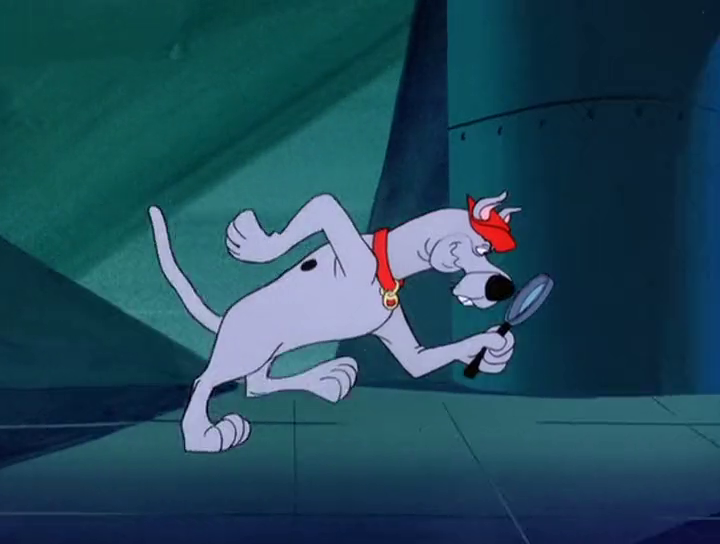
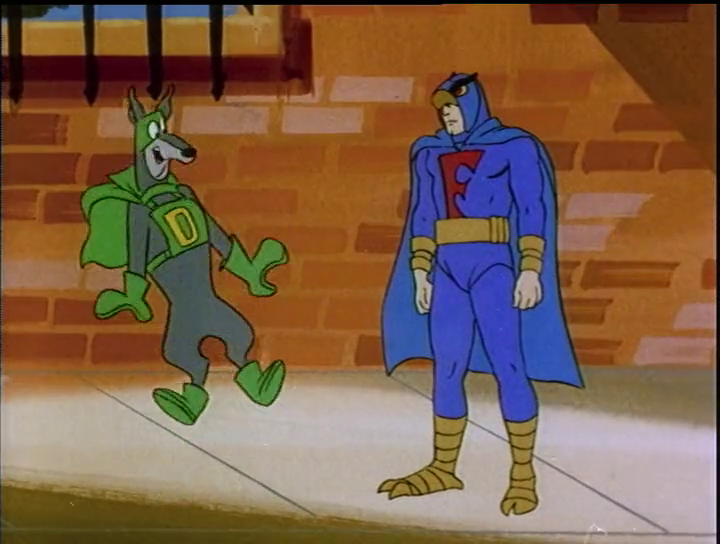
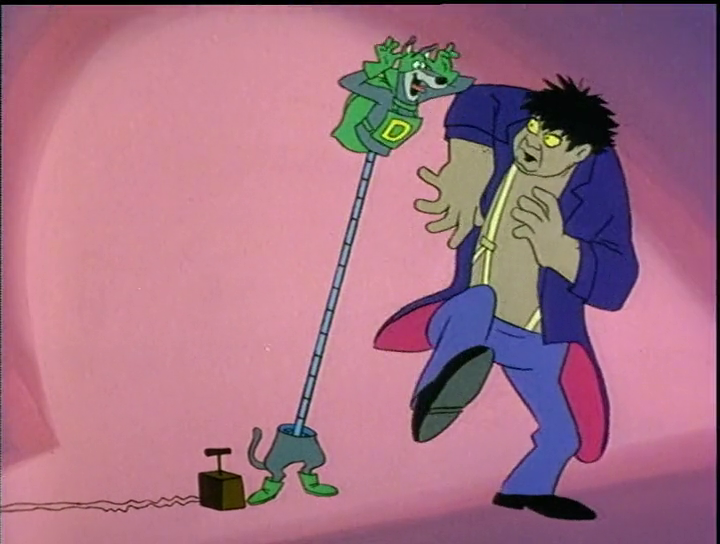
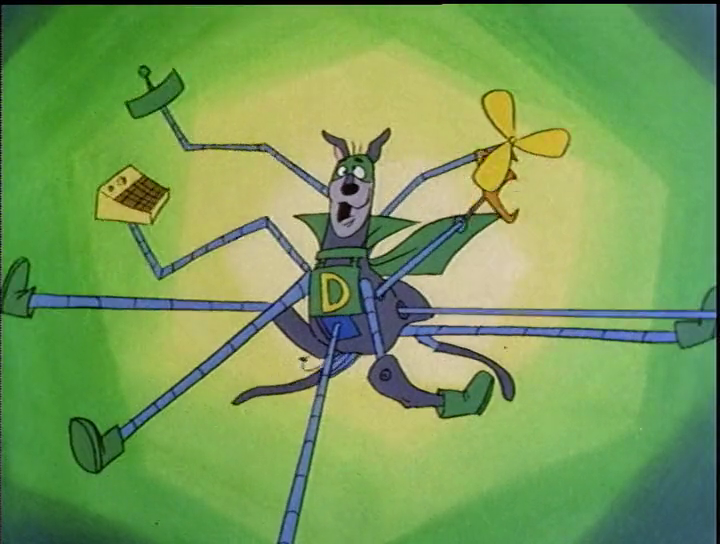
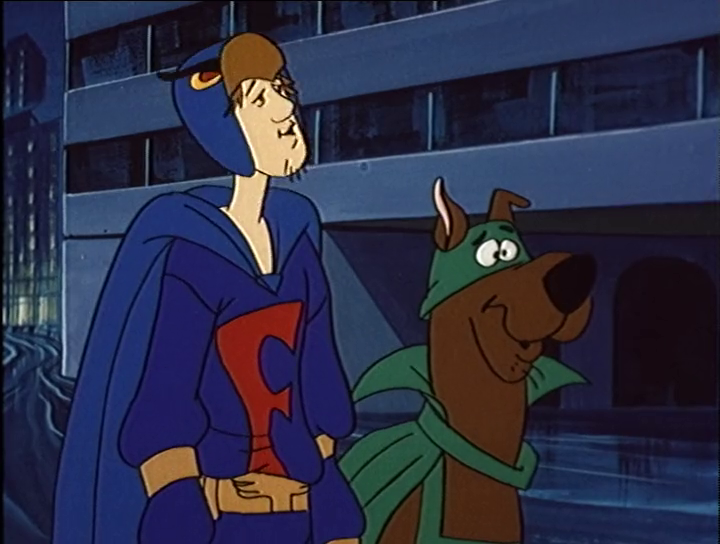
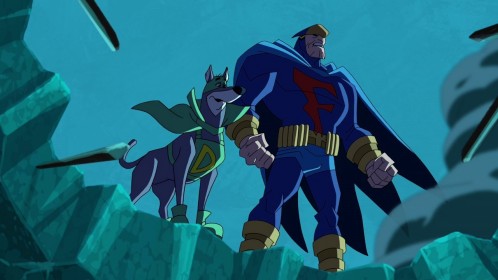
No comments:
Post a Comment